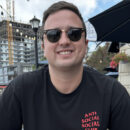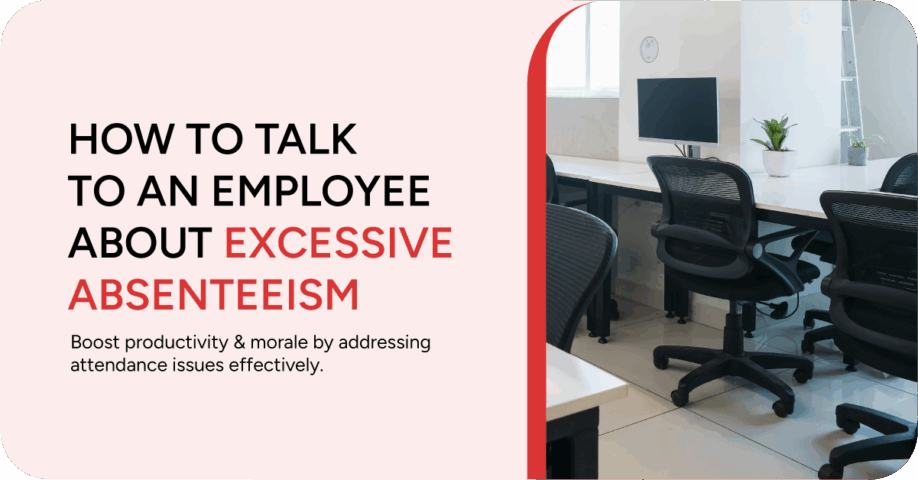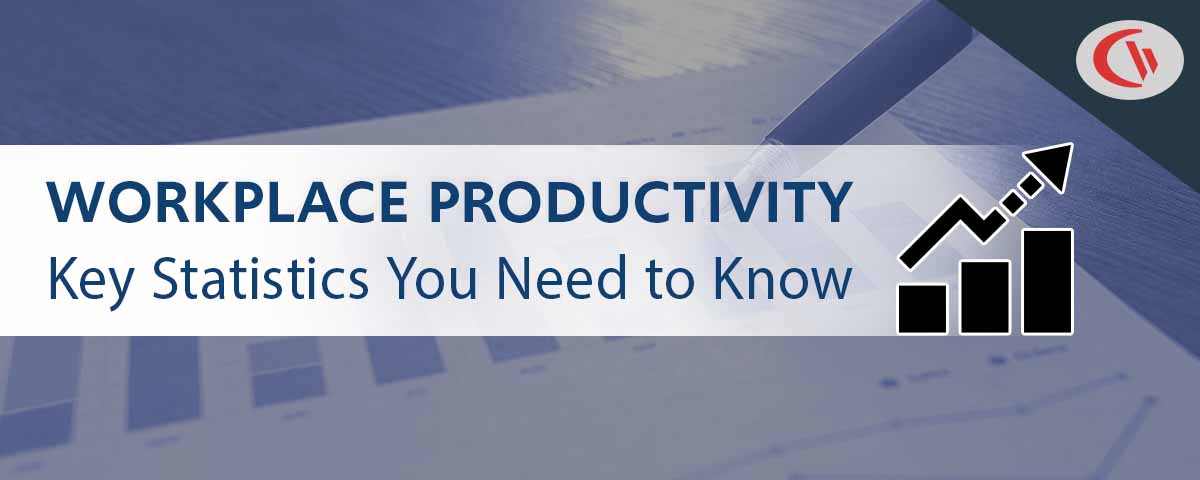What Is Software Metering? How It Helps Cut Tech Waste and Save Millions

It was a viral moment that resonated with IT leaders across the nation. In a recent All-In Podcast episode the panelists called out massive government software waste by revealing the staggering results of a government audit on the use of paid software licenses. At around the 26:00 mark of the episode, they highlight the massive problem of software bloat and unusual tools drowning budgets. According to DOGE (Department of Government Efficiency) and HUD (Department of Housing and Urban Development), thousands of Service Now software licenses are unused or underutilized by government employees.
What they’re describing — whether they know it or not — is software metering, also sometimes referred to as software asset management. The reality is that overspending on unused or underutilized software is not just a government problem. Tech waste is everywhere.
The Real Cost of Underused Software
Research suggests that more than 50% of licensed SaaS applications remain unused, resulting in approximately $18 million of annual waste per enterprise. This alarming statistic underscores the need for greater transparency in the procurement and management of company software.
Software metering provides real-time insights into app usage, helping organizations to avoid the common pitfalls of software waste:
- Unused Licenses – Many businesses are unaware that their employees are not utilizing software applications as anticipated. This lack of insight can produce inefficiencies such as poor vendor negotiations and unnecessary license renewals.
- Duplicate Tools – Multiple software applications that serve a similar purpose are often purchased within the same organization, leading to redundant expenditures across departments.
- ‘Ghost’ Software Subscriptions – Sometimes, companies unknowingly continue to pay for unused tools or software licenses. Automatic renewals and high employee turnover can contribute to this costly oversight in software license management.
What Exactly Is Software Metering? (And Why It Matters Now More Than Ever)
Software metering tracks the use of software apps in real-time. It effectively monitors how software applications are utilized across an organization — including the number of users, frequency, and time duration.
In the current business climate of zero-based budgeting and line-by-line expense review, real-time accountability is key. Decision makers are frequently pressured to cut costs and increase productivity as quickly as possible.
Software metering provides visibility into actual usage, enabling data-driven strategies and auditable insights for timely, informed decision-making. Detailed software usage data also supports de-provisioning and helps guide smarter software renewal decisions, increasing accountability across the board.
These days, the need for centralized software asset management is more critical than ever. As organizations grow and adopt increasingly complex tech stacks, keeping track of software assets across departments, teams, and remote environments becomes a major challenge. Without a centralized approach, companies risk overspending on unused licenses, falling out of compliance with vendor agreements, and exposing themselves to security vulnerabilities from outdated or unauthorized software.
A centralized system not only streamlines asset tracking and cost control but also strengthens governance, reduces risk, and ensures that every part of the organization is aligned with IT strategy. In a world where agility, transparency, and security are top priorities, centralized software asset management is no longer optional—it’s essential.
Also Read: Software License Optimization with Cost Insights by CurrentWare
Why Most Teams Don’t Use Software Metering (Yet)
Unfortunately, software metering sometimes gets a bad rap when it comes to workplace culture. There is a common misconception that software metering was developed to micromanage employees and police departments.
Business leaders might worry that staff will view the introduction of software asset management software as an invasion of privacy and resist the change.
Other common reasons why teams haven’t yet adopted software asset management tools include small team size, a preference for manual tracking or relying on historical spend data, concerns about budget constraints, and fears of dealing with complex infrastructure.
Also Read: Software Asset Management – Why Track Employee Application Use? | CurrentWare
Debunking Common Myths About Software Metering
When it comes to implementing software metering or software asset management tools, organizations often encounter a few common roadblocks. No matter the cause, these challenges can delay adoption. Addressing these concerns head-on can make a big difference. Below are some of the most frequent reasons teams hesitate — and why those concerns might be as limiting as they seem.
- Workplace Culture and Employee Buy-In – Transparency and clearly defined expectations are crucial to employee buy-in. Being open about software metering and explaining the productivity and cost-saving benefits goes a long way towards acceptance of these collaborative tools.
- Small Team Sizes – Whatever the size of your team, software metering can add tremendous value to any organization. Even small companies will benefit from better asset management and the reduction of software waste.
- Manual Tracking and Historical Spend – Basing future projections on historical spend may not accurately reflect current needs. Software metering provides automated tracking of real-time usage data, delivering the insights needed to make informed decisions about software licensing.
- Budgetary Constraints and Complex Infrastructure – While every budget is different, the ROI of reducing software waste typically outweighs the implementation and/or subscription costs.
The good news is that software metering is already built into platforms like CurrentWare, making integration both simple and cost-effective — no complex infrastructure to navigate!
Also Read: How to Track Software License Usage With BrowseReporter
How CurrentWare’s Software Metering Helps Minimize Tech Spend
CurrentWare’s software metering offers a powerful way to optimize your tech spend by providing valuable insights into application usage, helping you make smarter, data-driven decisions about your software portfolio.
- Track App Usage – Monitor web and application usage in your company with BrowseReporter and uncover opportunities to optimize software spend. Stay on top of usage trends with customizable software utilization reports and dashboards that break down app usage data by user, department, time, or even application type.
- Identify Unused or Rarely Used Tools – Discover where your money is being wasted and what actions to take moving forward. Identify underused solutions in your software stack and only keep paid licenses for the applications that truly matter.
- Make Data-Driven Deprovisioning or Downgrade Decisions – Access real-time data to make evidence-based decisions - decommission underutilized software, eliminate ‘ghost’ software and shadow IT, and reallocate instead of rebuying licenses.
Also Read: How to Manage Software Licenses with a Software Metering Audit
Streamlining Software Costs: A Real World Example
Cushing Terrell, an architecture, engineering, and design firm in Billings, Montana, recently explored CurrentWare's software to improve their team’s software license management. Previously, their team used an asset management tool for inventory and cost tracking, but it lacked activity tracking, which is crucial for understanding actual software usage.
With CurrentWare, they found a solution that filled this gap by providing valuable insights into software usage, particularly through idle time tracking, which helped determine the true cost of licenses.
Armed with insights, the Cushing Terrell team is able to make more informed decisions about which software licenses to retain and which to reduce — especially with the upcoming review of temporary licenses for summer interns. The ability to track idle time has been particularly helpful in identifying underutilized software, enabling the team to reduce unnecessary license counts and optimize software spend.
With CurrentWare’s tools in their arsenal, the team is now able to make more strategic decisions regarding software license management, ultimately leading to cost savings and improved efficiency at Cushing Terrell.
Also Read: Helping Cushing Terrell Cut Software Costs and Save Time with CurrentWare
Going Forward: Why Every IT Leader Should Be Paying Attention
As IT budgets continue to tighten, accountability is more important than ever. Software metering gives IT leaders the necessary data to make confident decisions while ensuring an auditable trail to support those choices. Even the government is now recognizing the importance of software usage tracking, going “All-In” to highlight wasteful tech spending and the urgent need for increased efficiency. For IT leaders, this is a critical moment to pay attention to. It’s time to minimize tech spend for everyone.


